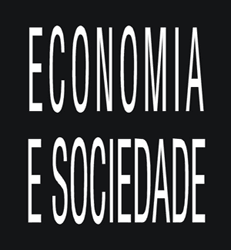Abstract
This paper analyzes the accumulation strategies of primary producers in Argentina from 2003 to 2015. We compare the economic surplus of these sectors and how it is used to increase productive capacities, financial investment and capital flight, as well as changes in the composition of assets. We use aggregate data on the whole formal economy provided by the Argentine tax agency. Accounting data from the primary sectors’ largest companies is also presented. We conclude that because firms have financialized accumulation strategies, productive investment is subordinated to strategies that prioritize liquidity and capital flight, causing a process of “investment reticence”. Therefore, we discuss the role of these primary sectors in promoting national economic development, as is suggested by different economic perspectives.
Keywords:
Global value chains; Financialization; Use of surplus; Primary production; Argentina, Kirchnerism

 Thumbnail
Thumbnail
 Thumbnail
Thumbnail
 Thumbnail
Thumbnail
 Thumbnail
Thumbnail
 Thumbnail
Thumbnail
 Thumbnail
Thumbnail
 Thumbnail
Thumbnail
 Fuente: Elaboración propia con datos de AFIP.
Fuente: Elaboración propia con datos de AFIP.
 Fuente: Elaboración propia con datos de AFIP.
Fuente: Elaboración propia con datos de AFIP.
 Fuente: Elaboración propia con datos de AFIP, BCRA y Comtrade.
Fuente: Elaboración propia con datos de AFIP, BCRA y Comtrade.
 Fuente: Elaboración propia con datos de BCRA y Comtrade.
Fuente: Elaboración propia con datos de BCRA y Comtrade.
 Fuente: Elaboración propia con datos de AFIP.
Fuente: Elaboración propia con datos de AFIP.
 Fuente: Elaboración propia con datos de los balances contables.
Fuente: Elaboración propia con datos de los balances contables.
 Fuente: Elaboración propia con datos de los balances contables.
Fuente: Elaboración propia con datos de los balances contables.